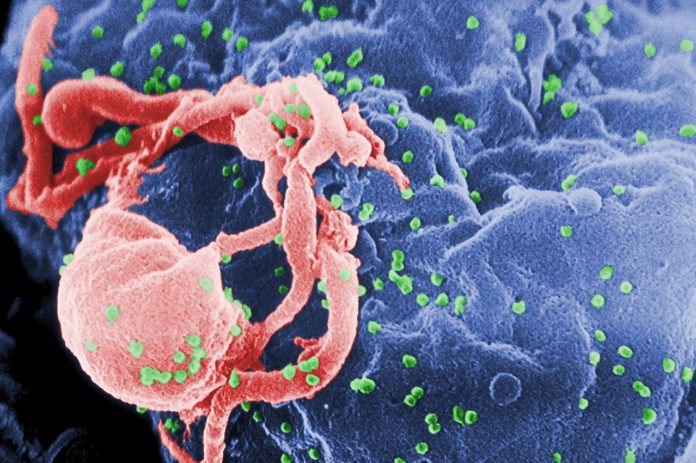A new sub-type of the HIV virus has been identified through genome sequencing, may help arm against new pandemics
Pharmaceuticals major Abbott announced today that a team of its scientists identified a new subtype of the human immunodeficiency virus (HIV), called HIV-1 Group M, subtype L.1 The findings, published today in the Journal of Acquired Immune Deficiency Syndromes (JAIDS), show the role next-generation genome sequencing is playing in helping researchers stay one step ahead of mutating viruses and avoiding new pandemics.
Since the beginning of the global AIDS pandemic, 75 million people have been infected with HIV and 37.9 million people today are living with the virus.2Thanks to the work done by the global health community over the past few decades, the goal of ending the HIV pandemic is becoming feasible. Yet researchers must remain vigilant to monitor for new strains to make sure testing and treatments continue to work.
“In an increasingly connected world, we can no longer think of viruses being contained to one location,” said Carole McArthur, Ph.D., M.D., professor in the departments of oral and craniofacial sciences, University of Missouri — Kansas City, and one of the study authors. “This discovery reminds us that to end the HIV pandemic, we must continue to outthink this continuously changing virus and use the latest advancements in technology and resources to monitor its evolution.”
As a leader in blood screening and infectious disease testing, Abbott created its Global Viral Surveillance Program 25 years ago to monitor HIV and hepatitis viruses and identify mutations to ensure the company’s diagnostic tests remain up to date
This research marks the first time a new subtype of “Group M” HIV virus has been identified since guidelines for classifying new strains of HIV were established in 2000. Group M viruses are responsible for the global pandemic, which can be traced back to the Democratic Republic of Congo (DRC) in Sub-Saharan Africa.3,4
The science behind genetic sequencing to discover new viruses
To determine whether an unusual virus is in fact a new HIV subtype, three cases must be discovered independently.5 The first two samples of this subtype were discovered in DRC in the 1980s and the 1990s. The third, collected in 2001, was difficult to sequence at that time because of the amount of virus in the sample and the existing technology.
Today, next-generation sequencing technology allows researchers to build an entire genome at higher speeds and lower costs. In order to utilize this technology, Abbott scientists had to develop and apply new techniques to help narrow in on the virus portion of the sample to fully sequence and complete the genome.6
“Identifying new viruses such as this one is like searching for a needle in a haystack,” said Mary Rodgers, Ph.D., a principal scientist and head of the Global Viral Surveillance Program, Diagnostics, Abbott, and one of the study authors. “By advancing our techniques and using next generation sequencing technology, we are pulling the needle out with a magnet. This scientific discovery can help us ensure we are stopping new pandemics in their tracks.”
Twenty-five years of tracking mutating viruses around the world
As a leader in blood screening and infectious disease testing, Abbott created its Global Viral Surveillance Program 25 years ago to monitor HIV and hepatitis viruses and identify mutations to ensure the company’s diagnostic tests remain up to date. As part of this research, Abbott scientists confirmed that its core and molecular laboratory diagnostic tests can detect this new HIV strain.
In partnership with blood centers, hospitals and academic institutions around the world, Abbott has collected more than 78,000 samples containing HIV and hepatitis viruses from 45 countries, identified and characterized more than 5,000 strains, and published 125 research papers to date to help the scientific community learn more about these viruses. The study published today, “Complete genome sequence of CG-0018a-01 establishes HIV-1 subtype L,” is now available online.


